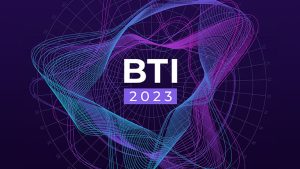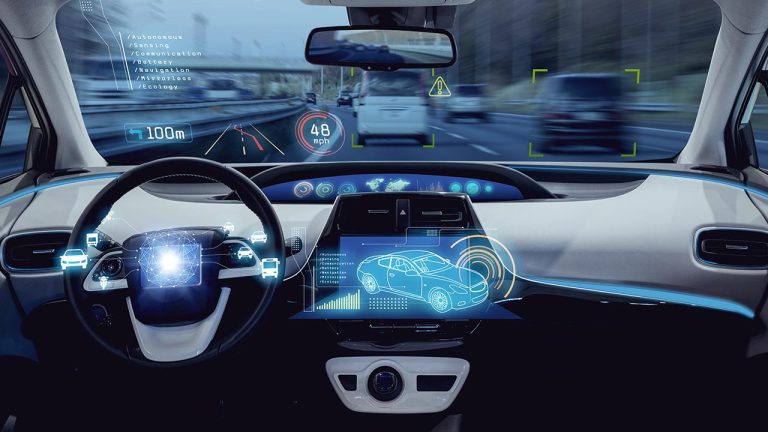
In SatNav terms, consumers have set their destination. They want to drive in a world with lower fuel emissions and they expect digital technology to be integrated within their cars to offer greater enjoyment, luxury and ease of use – be that of choosing songs on Spotify, automatically opening boots or completing a tricky parallel park hands-free.
However, whilst people are used to increasing tech-enabled convenience, the potential for change is considerable. We believe few are truly be prepared for the vast extent of change and disruption in not just the physical cars that transport us, but also in how they are maintained, owned and managed.
The boundary lines between car companies and tech providers is already blurring as Original Equipment Manufacturers (OEMs) and Tier1 suppliers take motoring from the analogue age of the combustion engine motor vehicle to the digital, connected age of electrically powered transport-as-a-service.
Disruption, whether theoretical, physical or in testing has become business as usual for car companies and tech companies interested in cars. The theoretical questions “what does this mean for us?” from ten years ago has become the very real statement of “look at what we’re doing about it”.
Of course, firms are outsourcing challenges to specialist outfits and creating new collaborations that can deliver the combination of innovation and reliability – creating a growing new market for those partners that can find the right talent in the right location.
Even five years ago, who would have put Cisco and Hyundai, Mercedes and Nvidia, BMW and Lyft, or Audi and Disney in partnership with one another? Already, different sectors are overlapping like never before. Innovation will be as much a matter of imagination and networking, as technological development.
How far off we are from having fully connected vehicles and what do we need first?
“Connected cars” are nothing new, the first connected car was launched 24 years ago by General Motors featuring OnStar, a basic system capable of alerting emergency services when a vehicle’s airbag went off.
In fact, most vehicles are already connected in ways you would not realise – it is just a case of taking any element which may be automated or controlled by on-board sensors and stimuli and considering what if they were connected to external information. A connected car has the technology to communicate with other systems (vehicle-to-sensor, vehicle-to-vehicle, vehicle-to-Internet, and vehicle-to-road infrastructure). Initially these systems were limited. The early 2000s technology boom rapidly advanced features in cars such as GPS, remote fault diagnostics and systems that provide real-time traffic information.
By the early 2010s even more technological advances occurred, Tesla’s Model S has the ability for its software to be updated remotely (Cleantechnica, 2016) and many cars now offer Wi-Fi hotspots.
The law has also facilitated the rise of connected vehicles. EU legislation in 2015 declared that all new cars must have the technology installed to communicate with emergency response vehicles in the case of a crash.
The changes have been rapid and over time will be akin to the rise of the smartphone, transforming from just calls and texts, to having a supercomputer in your pocket. Connected cars are now receiving more information, interacting with other web enabled devices on a scale previously unseen and enabling breakthroughs in safety and service.
Fully connected cars will allow for safer and more efficient travel; however, several precursory events must occur before we will see the launch of them. In particular, the role out of operational 5G networks globally is critical to this, as without it, connected devices will lack the required signal strength to function as a ‘connected’ device. Access to data will be as crucial as access to fuel.
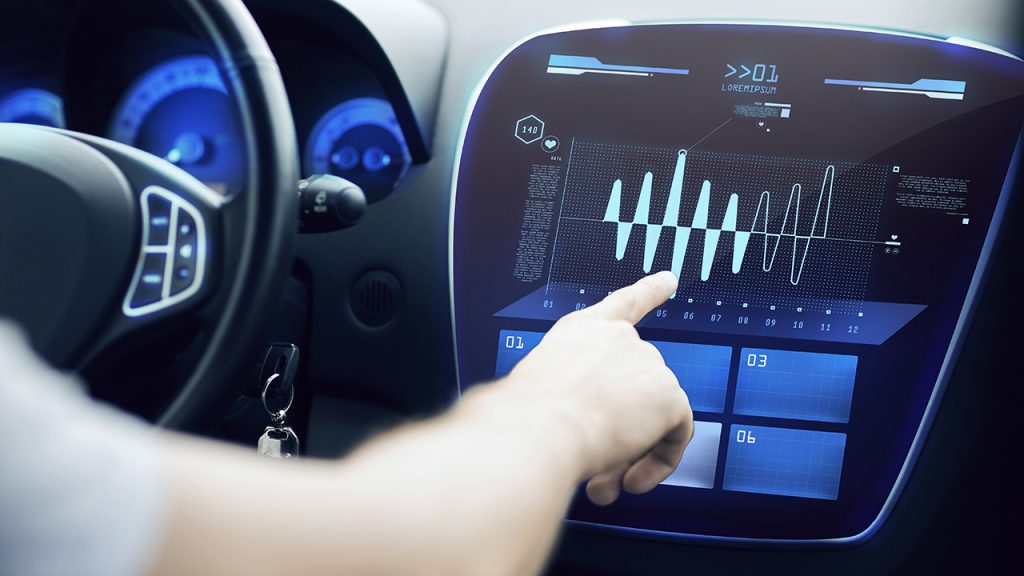
How will increased software integration transform car maintenance?
Preventive and predictive technologies will be installed, meaning each vehicle will continually monitor and feedback on the performance and status of each component in the car. This innovation gives the components an incredibly accurate ‘shelf-life’, enabling the car to proactively avoid breakdowns without human intervention. This has two tangible benefits; on the one hand, it will improve the performance and reliability of every subsequent vehicle to roll off the production line. On the other hand, manufacturers can monetise the data they collect, by selling it back to their Original Equipment Manufacturers (OEMs). This will enable the OEMs to better their products and analyse any failures, improving future quality and performance.
As cars will be connected via 5G to the OEM, if there is a failure or predicted failure the car will tell the OEM of the issue using ‘Software Over the Air’, which is already being done. The OEM can then assess if the fault is mechanical or software-based, (most likely using AI) before advising the vehicle owner on what is needed. Whether that be an ‘Over the Air’ software update, or a trip to your local mechanic.
Yes, modern cars contain more sensors than ever, but the difference is that whilst your current car will trigger a warning light, 5G connected cars will send that data far beyond the dashboard.
What connected vehicles will offer consumers?
As technological changes have swept through the automotive industry across the past 20 years, consumer demands have increasingly changed. Issues such as sustainability, connectivity and safety are key concerns among today’s consumers.
People expect all technology to work as they were promised it would at the point of purchase, with no exceptions. The interconnectedness of our devices (those connected to a mobile network with the capacity to communicate between devices) is becoming an additional expectation and the car is no different, in fact, it is the next logical step if we as a country are to address sustainability and safety.
Secure blockchain technology will facilitate car-centric peer-to-peer (P2P) payments, such as card-less fuel payments and in-car purchases like apps and movies. Blockchain can also enable vehicle-to-vehicle (V2V) connectivity, such as the sharing of telematic data which can be used to aid autonomy or convoy driving. Furthermore, it has the potential to protect data flow along the supply chain, which is pinnacle to the public’s acceptance of increasing online data storage. In recent research conducted by Expleo, over 45% of the public stated that they were concerned for who could view their data online. Businesses using these technologies must assure the security and quality of their data storage software.
The survey also revealed that 28.11% of drivers selected improved safety measures as one of their top three most exciting aspects of the future of cars. Connected cars will be able to interact with surrounding systems, such as smart roads and other vehicles, to introduce automatic braking and provide practical sensory information, remotely diagnose wear and tear, locate parking spaces and increase the safety of passengers. Combined, these can all reduce traffic collisions and fatalities.
Our report, The Green-Tech Revolution, showed that the majority of Brits are looking to technology to reduce carbon emissions and the role of the motor vehicle will be pivotal in this. Whilst the emphasis on Electric Vehicles (EVs) is on battery life, range and access to charging, increased connectivity has an important role to play when it comes to efficiency-driven route planning and traffic management. For example, if your car knows its battery is low, by being connected it can route you towards the best available charging point for your car and journey and reserve you a charging point, so you don’t have to wait in line. Similarly, 5G networks will underpin the development of smart roads and telematics, but essentially EV technology and connectivity are parallel factors that together will change personal transport.
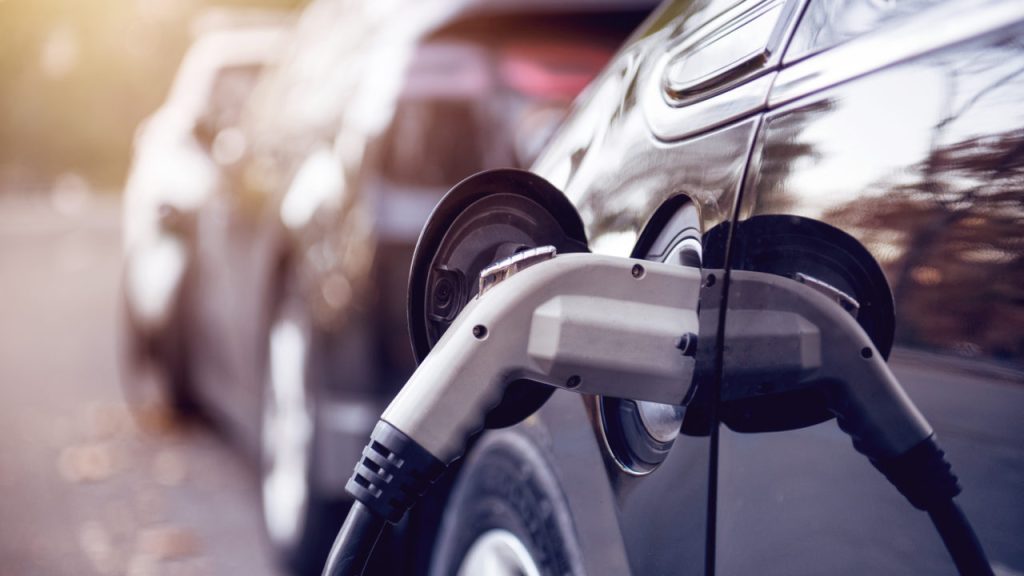
What connected vehicles means for business
Looking to the future, “all-in-one” business models of car ownership could likely become the industry norm. This model will provide the consumer with the vehicle, insurance, maintenance, connectivity services and fuel, on a subscription basis. Questions still remain over who would ‘own’ the consumer and their data.
The bundling together of all aspects of car ownership will lead to increased synergy between manufacturers and technology companies, collaborating to better meet the demands of a changing market.
At present, the roll out of subscription services has been limited to the top end of the market, with Porsche launching a bespoke service, Porsche Passport, offering same day vehicle exchanges.
Subscription services will provide customers with different price points dependent on the level of additional features and customer support they require. The all-in-one model will appeal to customers due to the increased financial flexibility of options and bundling of services together but provide future challenges for businesses in terms of the integration of multiple business components.
However, for the businesses offering these innovative services, there remains a long way to go before we see these models being rolled out to the mass-market. Critically, when dealing with new vehicle technologies, businesses cannot afford to make mistakes. Technical faults in this market will be unforgivable, businesses could expect to lose customers and their licence to trade.
Given the high risk, high reward nature of connected vehicles, successful stakeholders will be those who put quality at the heart of their programme from the beginning, helping to manage any risks whilst achieving fit-for-purpose business outcomes and ensuring the success of the project.
As cars become more connected with our other devices that use mobile networks, assuring the digital communication between each connected component in the vehicle is working flawlessly is an extraordinary feat, and one that is yet to be properly trialled and tested.
To deliver fit-for-purpose business outcomes and meet required safety standards, the electrical architecture will need to guarantee safety. It is imperative that no connected vehicle that hasn’t been fully assured by the most rigorous of tests, is ever produced for sale. It is the responsibility of the manufacturer to assure they have done their due diligence.
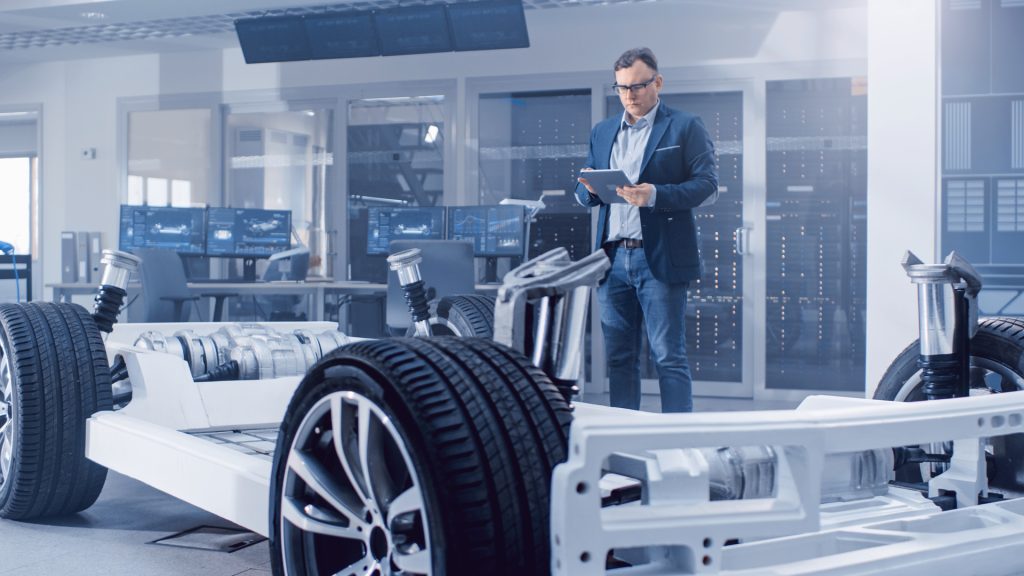
From a pipe dream to the mainstream
A connected car is no longer simply a ‘tool’ to ferry passengers from Alpha to Beta, consumers expect cars to function with the same level of integration and ease of access as many other products. And industry isn’t too far away from catching up now.
As businesses move to address the shift in consumer demand in recent years, the speed at which connected cars are being trialled and readied for market has increased drastically. And, there is a good reason for this. Connected cars have the capacity to directly address the key challenges facing Britons. A recent Expleo study uncovered the preferences of consumers for what they wanted to see for the future of vehicles, including car parts being made from eco-friendly materials (26%), improved safety on the roads (28%) and increasing the mileage of EVs (25%). All of which directly address future demand in the Automotive sector.
Advances in government legislation, such as in the UK all new build homes will soon require EV charging points , and in the EU with airbag sensors immediately notifying the emergency services, will be what really pushes connected cars into the mainstream. With consumer demand for these connected technologies on the rise and it being in the best interest of the environment and the economic climate, we’re only a few years away now from this new evolution of vehicle hitting the mass market.
By Richard Hartshorne, Business Unit Leader at Expleo

